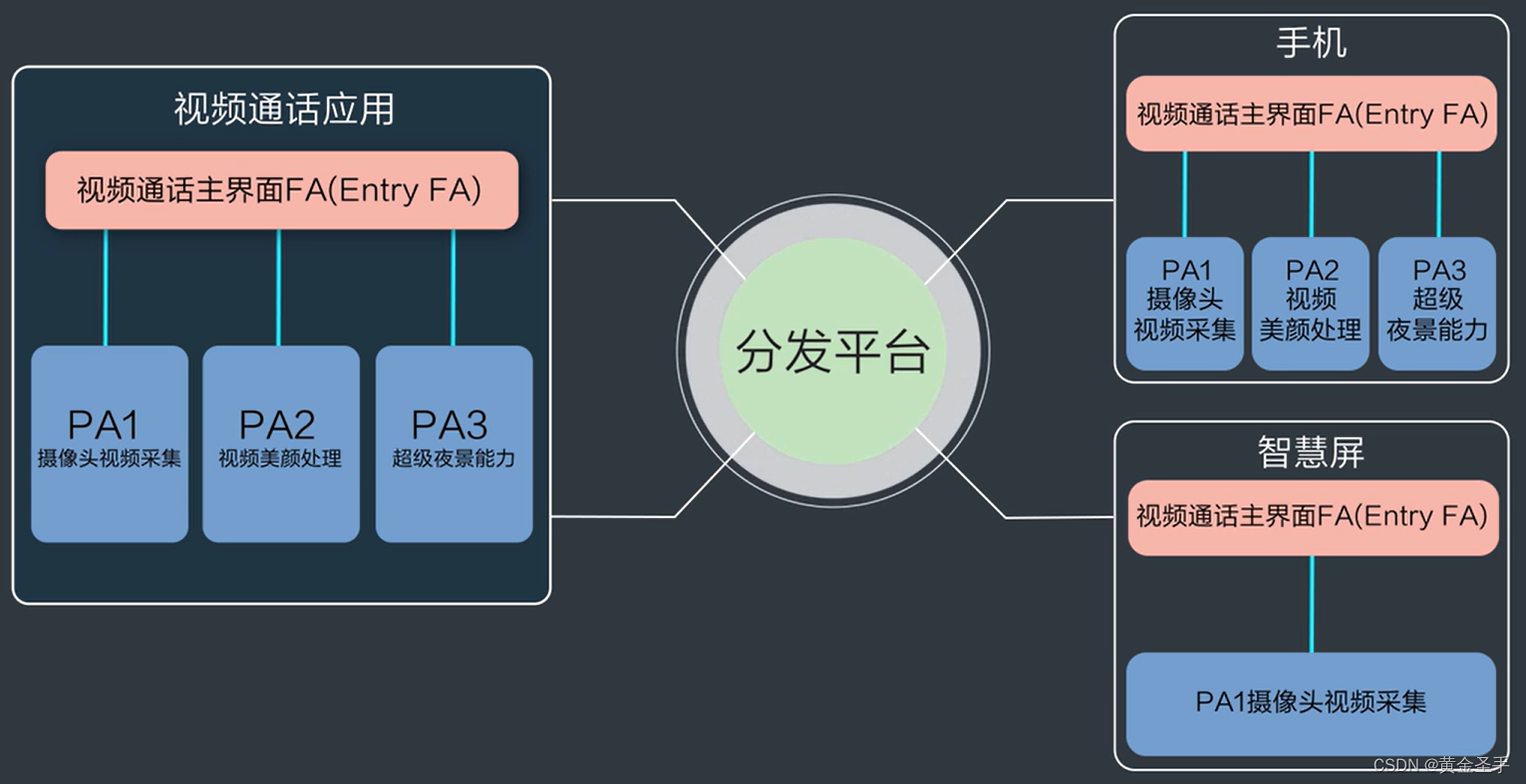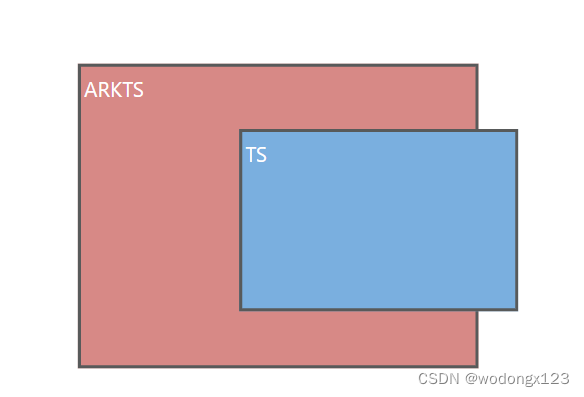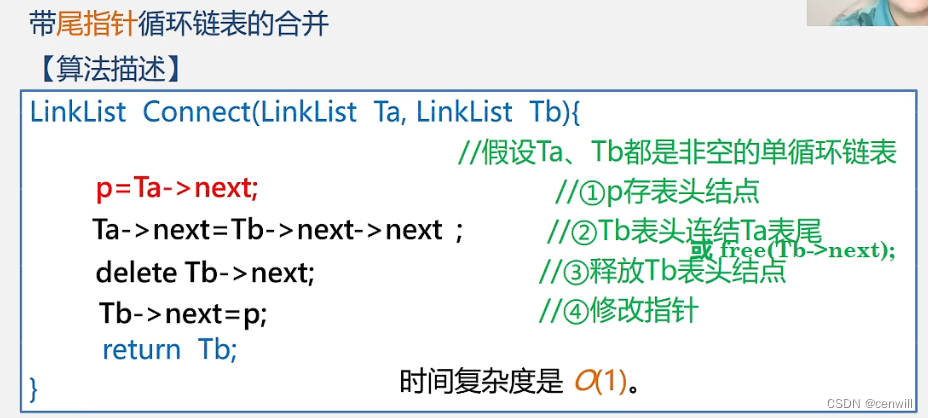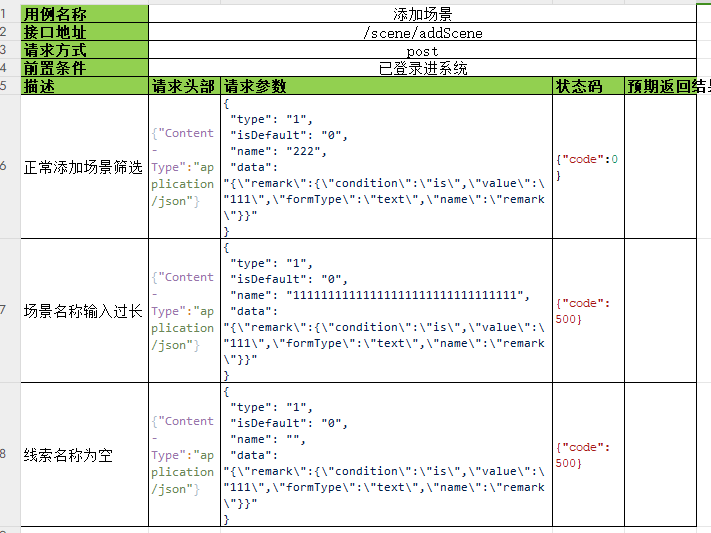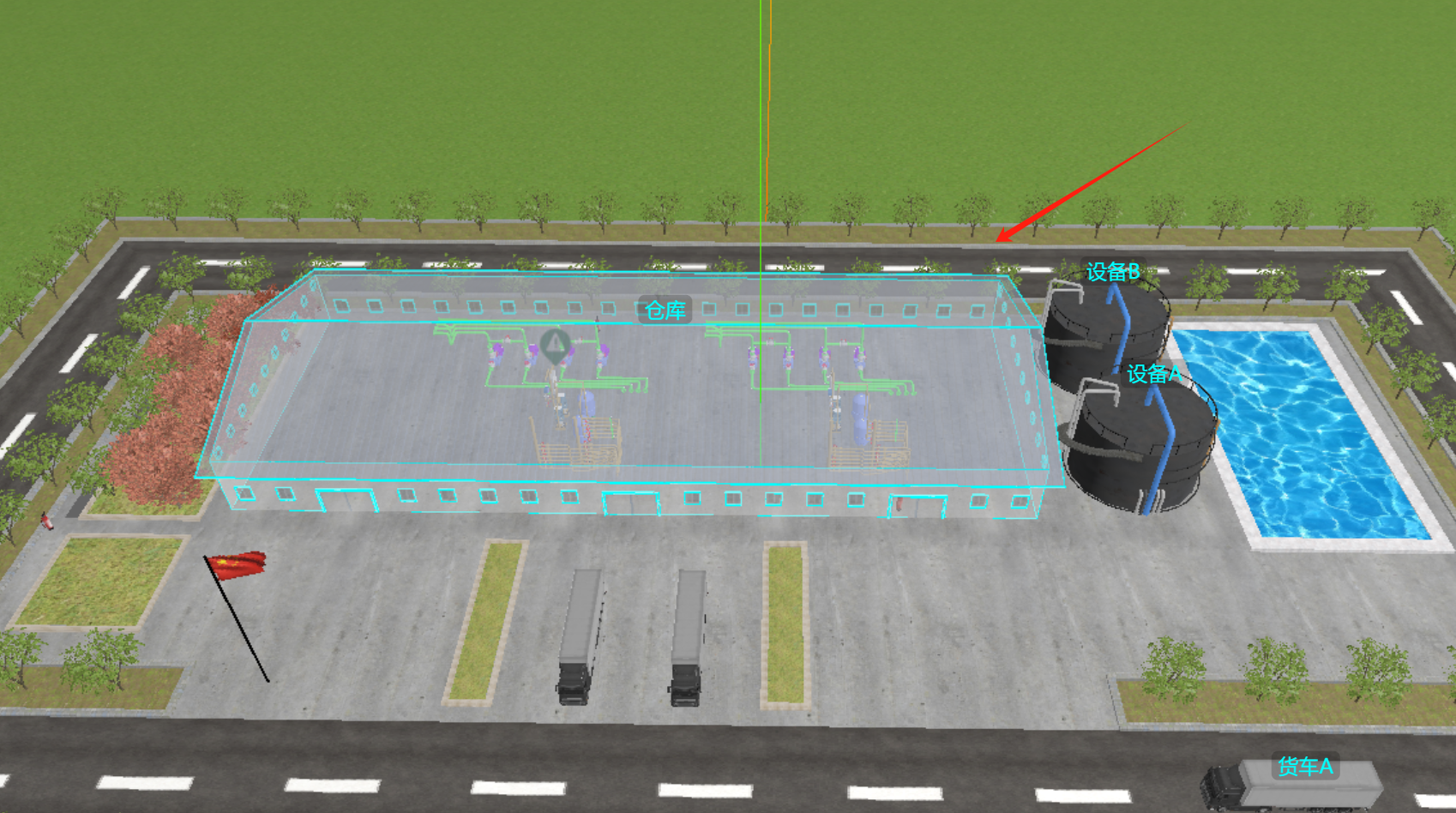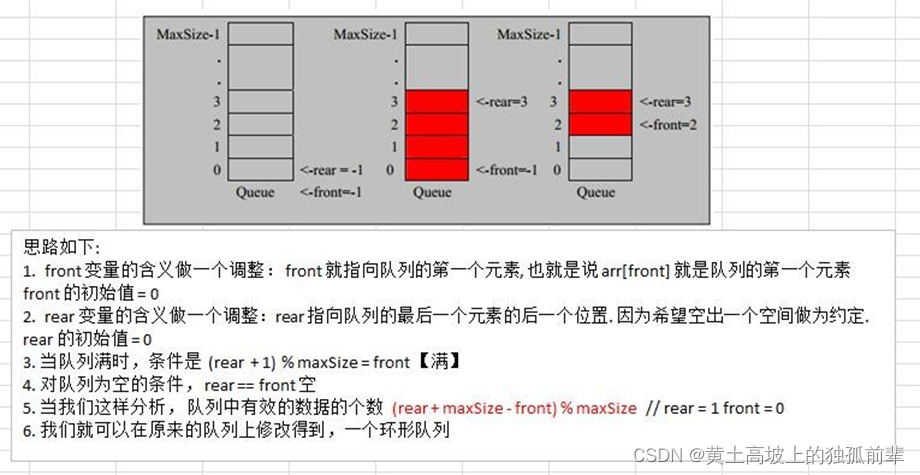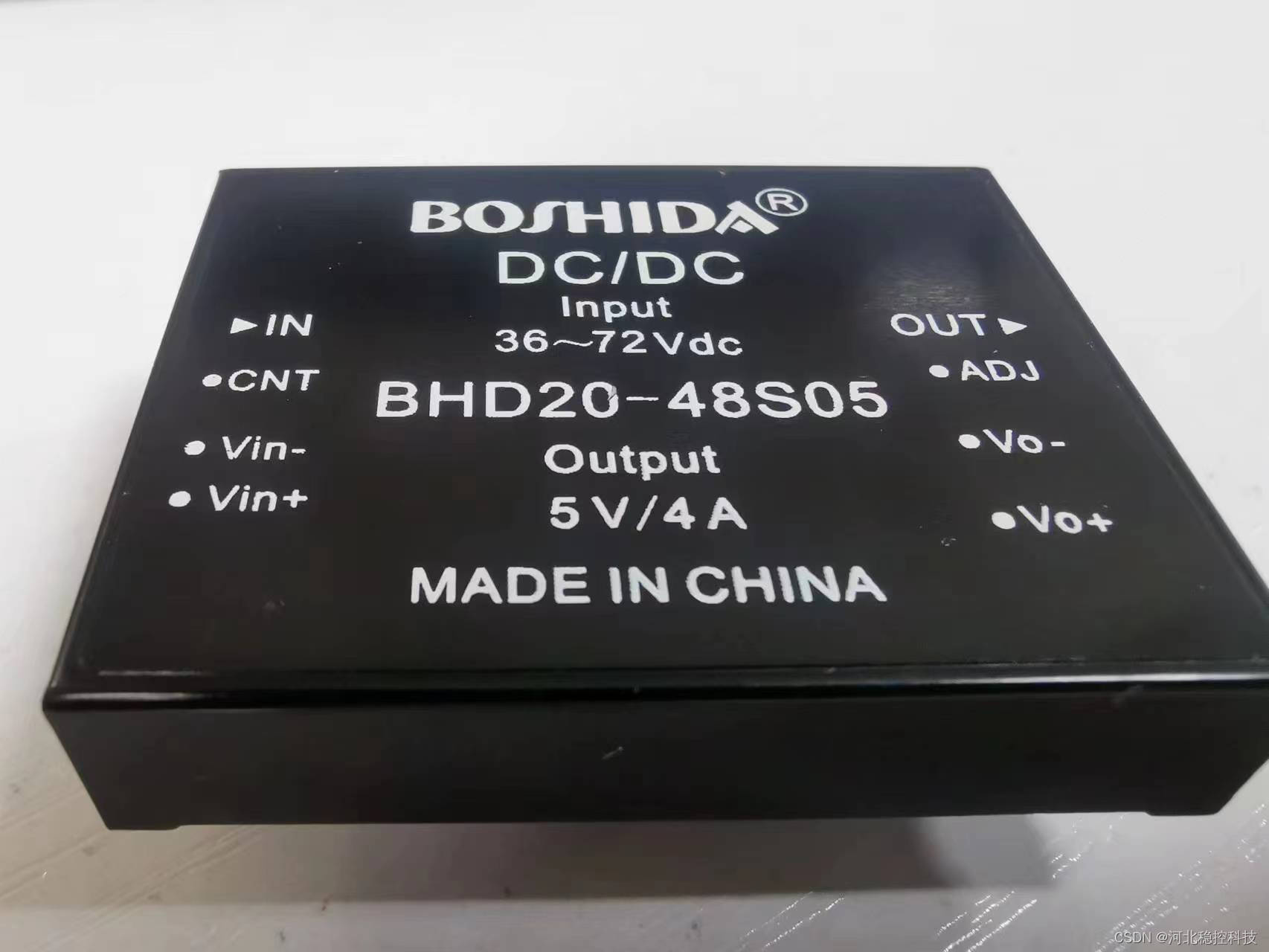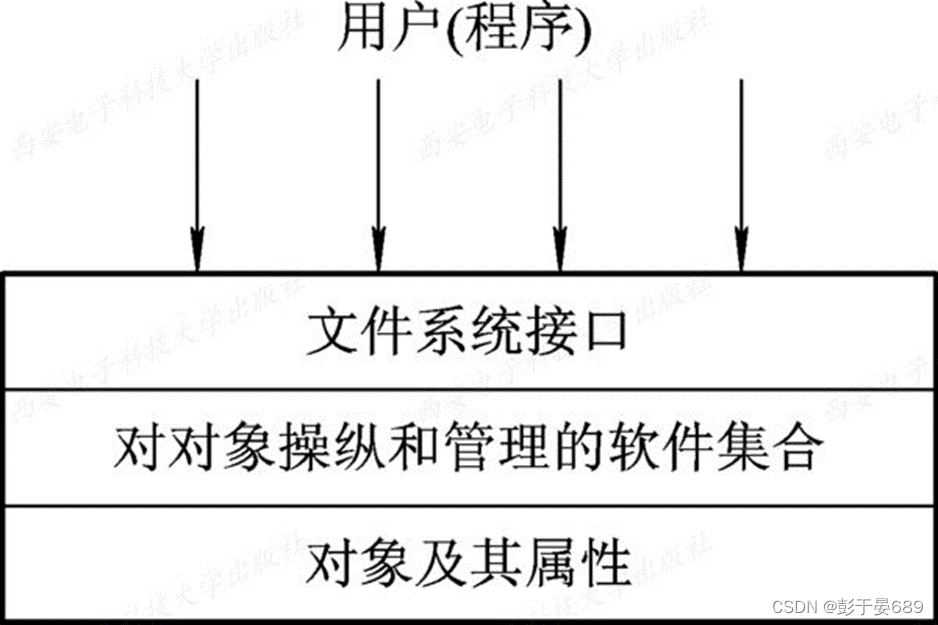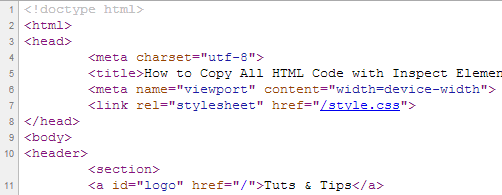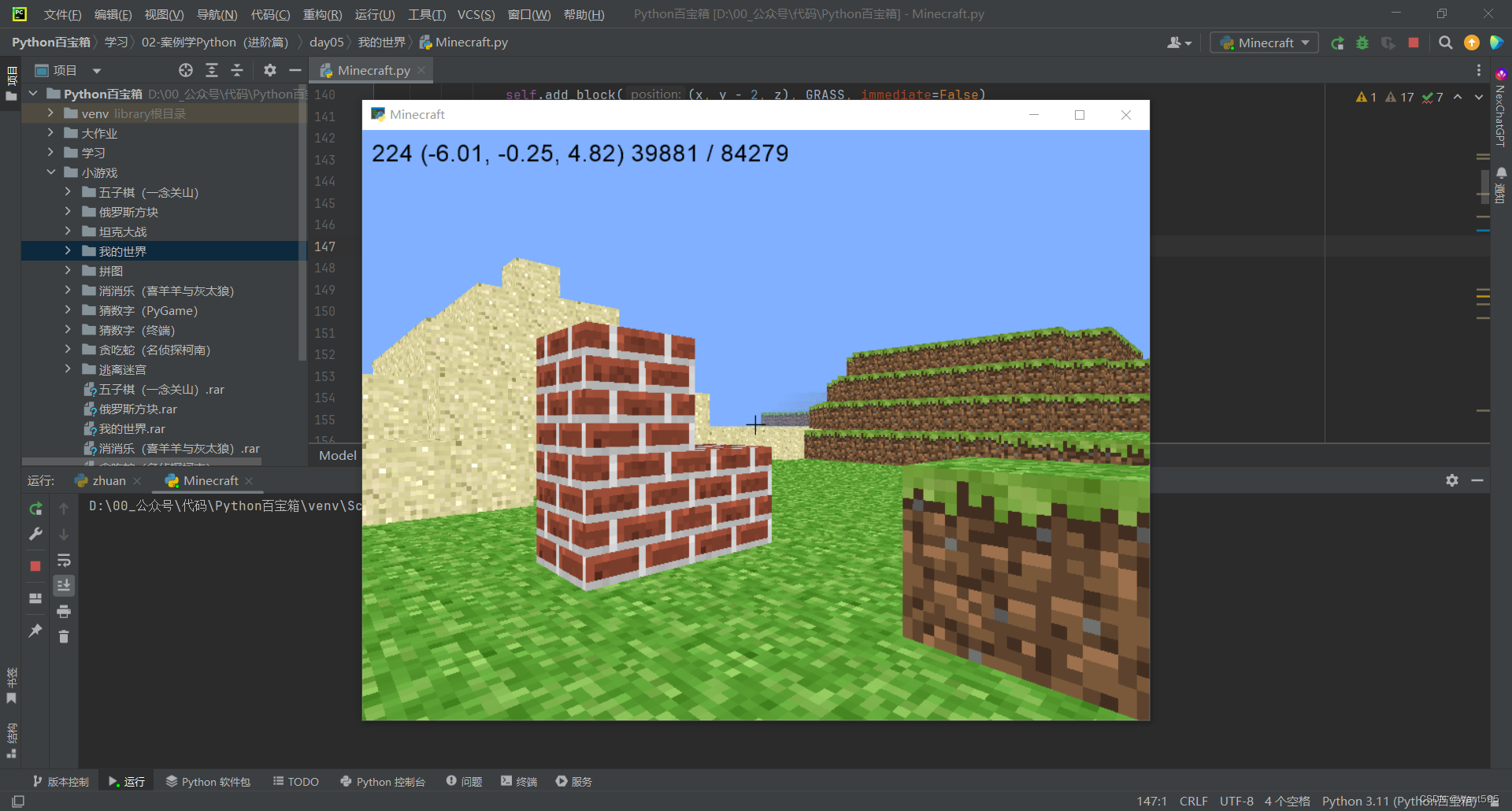File类
介绍
文件是保存数据的地方,而文件在程序中是以流的形式来操作;
java.io.File类是 java.io 包中唯一代表磁盘文件本身的对象;
- 如果希望在程序中操作文件和目录,则都可以通过 File 类来完成
- file能新建、删除、重命名文件和目录;
- 文件和文件目录路径的抽象表示形式,与平台无关;
File 类不能访问文件内容本身,如果需要访问文件内容本身,则需要使用输入/输出流;
要在Java程序中表示一个真实存在的文件或目录,必须有一个File对象;
但是Java程序中的一个File对象,可能没有一个真实存在的文件或目录;
File对象可以作为参数传递给流的构造器;
创建文件对象的构造器
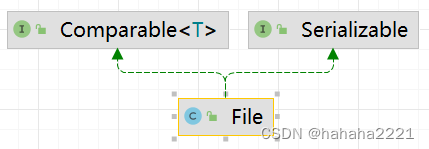


//创建文件
// 方式1 new File(String pathname)
@Test
public void create01() {
String filePath = "d:\\news1.txt";//绝对地址
File file = new File(filePath);
try {
file.createNewFile();
System.out.println("文件创建成功");
} catch (IOException e) {
e.printStackTrace();
}
}
// 方式2 new File(File parent,String child) //根据父目录文件+子路径构建
// e:\\news2.txt
// 目录本质也是一种文件,是一种特殊的文件
@Test
public void create02() {
File parentFile = new File("d:\\");
String fileName = "news2.txt";
// 这里的file对象,在java程序中,只是一个对象
// 只有执行了createNewFile 方法,才会真正的,在磁盘创建该文件
File file = new File(parentFile, fileName);
try {
file.createNewFile();
System.out.println("创建成功~");
} catch (IOException e) {
e.printStackTrace();
}
}
// 方式3 new File(String parent,String child) //根据父目录+子路径构建
@Test
public void create03() {
// String parentPath = "e:\\";
String parentPath = "d:\\";
String fileName = "news4.txt";
File file = new File(parentPath, fileName);
try {
file.createNewFile();
System.out.println("创建成功~");
} catch (IOException e) {
e.printStackTrace();
}
}
}常用方法
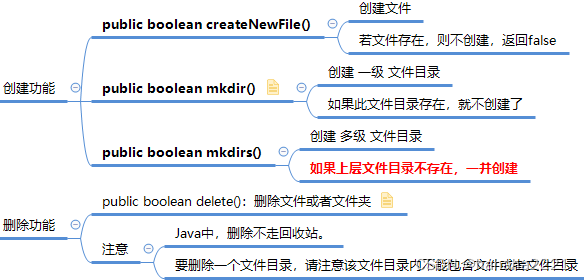
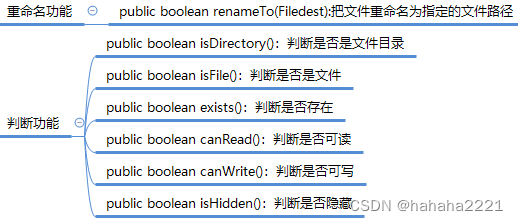

//判断 D:\\demo\\a\\b\\c 目录是否存在,如果存在就提示已经存在,否则就创建
@Test
public void m3() {
String directoryPath = "D:\\demo\\a\\b\\c";
File file = new File(directoryPath);
if (file.exists()) {
System.out.println(directoryPath + "存在..");
} else {
if (file.mkdirs()) { //创建一级目录使用mkdir() ,创建多级目录使用mkdirs()
System.out.println(directoryPath + "创建成功..");
} else {
System.out.println(directoryPath + "创建失败...");
}
}
}
// 删除文件:
//判断 d:\\news1.txt 是否存在,如果存在就删除
@Test
public void m1() {
String filePath = "d:\\news1.txt";
File file = new File(filePath);
if (file.exists()) {
if (file.delete()) {
System.out.println(filePath + "删除成功");
} else {
System.out.println(filePath + "删除失败");
}
} else {
System.out.println("该文件不存在...");
}
}
//删除文件夹:
//判断 D:\\demo02 是否存在,存在就删除,否则提示不存在
//这里我们需要体会到,在java编程中,目录也被当做文件
@Test
public void m2() {
String filePath = "D:\\demo02";
File file = new File(filePath);
if (file.exists()) {
if (file.delete()) {
System.out.println(filePath + "删除成功");
} else {
System.out.println(filePath + "删除失败");
}
} else {
System.out.println("该目录不存在...");
}
}IO流
介绍
I/O技术:用于处理数据传输;例如读/写文件,网络通讯等。
Java 程序通过“流(stream)”的方式来进行数据的输入/输出操作。
- 流是一组有序的数据序列,将数据从一个地方带到另一个地方;
- 流 : 数据在数据源(文件)和程序(内存)之间经历的路径;
数据流是 Java 进行 I/O 操作的对象;
- 数据流的处理只能按照数据序列的顺序来进行,即前一个数据处理完之后才能处理后一个数据。
- 数据流以输入流的形式被程序获取,再以输出流的形式将数据输出到其它设备
- Java 流相关的类都封装在 java.io 包中,而且每个数据流都是一个对象;
java.io包下提供了各种“流”类和接口,用以获取不同种类的数据,并通过标准的方法输入或输出数据;
输入input:读取外部数据(磁盘、光盘等存储设备的数据)到程序(内存)中
输出output:将程序(内存)数据输出到磁盘、光盘等存储设备中。

分类
操作数据单位
- 字节流(8bit)二进制文件
- 字符流(16 bit) 文本文件
数据流的流向
- 输入流: InputStream 抽象类(字节输入流)和 Reader 抽象类(字符输入流)的子类
- 输出流: OutputStream 抽象类(字节输出流)和 Writer 抽象类(字符输出流)的子类
流的角色
- 节点流: 直接从数据源或目的地读写数据;【文件------>程序】
- 处理流/包装流: 不直接连接到数据源或目的地; 是“连接”在已存在的流(节点流或处理流)之上,通过对数据的处理为程序提供更为强大的读写功能。 【文件----->文件/其他数据源------>程序】
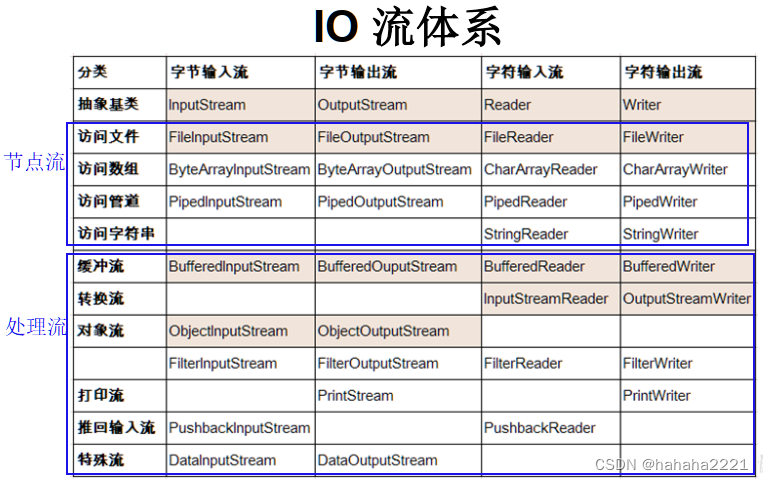
节点流
字节流--FileInputStream /FileOutputStream
定义文件路径时,注意:可以用“/”或者“\\”。
写入文件
- 使用构造器FileOutputStream(file), 目录下有同名文件将被覆盖
- 使用构造器FileOutputStream(file,true), 目录下的同名文件不会被覆盖,在文件内容末尾追加内容
读取文件: 前提,该文件已存在,否则报异常
操作字节: 比如:文本文件,.mp3,.avi,.rmvb,mp4,.jpg,.doc,.ppt等文件;
读取文件
//读取文件的步骤:
1.建立一个流对象,将已存在的一个文件加载进流。
FileReader fr = new FileReader(new File(“Test.txt”));
2.创建一个临时存放数据的数组。
char[] ch= new char[1024];
3.调用流对象的读取方法将流中的数据读入到数组中。
fr.read(ch);
4.关闭资源。
fr.close();
实现代码:
/**
* 演示读取文件,即FileInputStream 的使用(字节输入流 文件--> 程序)
* 单个字节的读取,效率比较低
* -> 使用 read(byte[] b)
*/
@Test
public void readFile01() {
String filePath = "d:\\hello.txt";
int readData = 0;
FileInputStream fileInputStream = null;
try {
//创建 FileInputStream 对象,用于读取 文件
fileInputStream = new FileInputStream(filePath);
//public int read() throws IOException:从该输入流读取一个字节的数据。如果没有输入可用,此方法将阻止。
// 结果:数据的下一个字节,如果达到文件的末尾, -1
while ((readData = fileInputStream.read()) != -1) {
System.out.print((char)readData);//转成char显示
}
} catch (IOException e) {
e.printStackTrace();
} finally {
//关闭文件流,释放资源.
try {
fileInputStream.close();
} catch (IOException e) {
e.printStackTrace();
}
}
}
/**
* 使用 read(byte[] b) 读取文件,提高效率
*/
@Test
public void readFile02() {
String filePath = "d:\\hello.txt";
//字节数组
byte[] buf = new byte[8]; //一次读取8个字节
int readLen = 0;
FileInputStream fileInputStream = null;
try {
//创建 FileInputStream 对象,用于读取 文件
fileInputStream = new FileInputStream(filePath);
//public int read(byte[] b) throws IOException: 从该输入流读取最多buf.length字节的数据到字节数组。此方法将阻塞,直到某些输入可用。
//如果返回-1 , 表示读取完毕;如果读取正常, 返回实际读取的字节数;
while ((readLen = fileInputStream.read(buf)) != -1) {
//public String(char[] value,int offset,int count):分配一个新的String ,其中包含字符数组参数的子数组中的字符;
System.out.print(new String(buf, 0, readLen));//显示
}
} catch (IOException e) {
e.printStackTrace();
} finally {
//关闭文件流,释放资源.
try {
fileInputStream.close();
} catch (IOException e) {
e.printStackTrace();
}
}
}写入文件
//写入文件的步骤
1.创建流对象,建立数据存放文件
FileWriter fw = new FileWriter(new File(“Test.txt”));
2.调用流对象的写入方法,将数据写入流
fw.write(“atguigu-songhongkang”);
3.关闭流资源,并将流中的数据清空到文件中。
fw.close();
演示代码:
/**
* 演示使用FileOutputStream 将数据写到文件中,
* 如果该文件不存在,则创建该文件
*/
@Test
public void writeFile() {
//创建 FileOutputStream对象
String filePath = "d:\\a.txt";
FileOutputStream fileOutputStream = null;
try {
//得到 FileOutputStream对象 对象
//老师说明
//1. new FileOutputStream(filePath) 创建方式,当写入内容是,会覆盖原来的内容
//2. new FileOutputStream(filePath, true) 创建方式,当写入内容是,是追加到文件后面
fileOutputStream = new FileOutputStream(filePath, true);
//写入一个字节
//fileOutputStream.write('H');//
//写入字符串
String str = "hsp,world!";
//str.getBytes() 可以把 字符串-> 字节数组
//fileOutputStream.write(str.getBytes());
/*
write(byte[] b, int off, int len) 将 len字节从位于偏移量 off的指定字节数组写入此文件输出流
*/
fileOutputStream.write(str.getBytes(), 0, 10);
} catch (IOException e) {
e.printStackTrace();
} finally {
try {
fileOutputStream.close();
} catch (IOException e) {
e.printStackTrace();
}
}
}图片、音乐的复制
import java.io.FileInputStream;
import java.io.FileOutputStream;
import java.io.IOException;
public class FileCopy {
public static void main(String[] args) {
//完成 文件拷贝,将 d:\\haha.png 拷贝 e:\\
//思路分析
String srcFilePath = "d:\\haha.png";
String destFilePath = "e:\\haha3.png";
//1. 创建文件的输入流 , 将文件读入到程序
//2. 创建文件的输出流, 将读取到的文件数据,写入到指定的文件.
FileInputStream fileInputStream = null;
FileOutputStream fileOutputStream = null;
try {
fileInputStream = new FileInputStream(srcFilePath);
fileOutputStream = new FileOutputStream(destFilePath);
//定义一个字节数组,提高读取效果
byte[] buf = new byte[1024];
int readLen = 0;
while ((readLen = fileInputStream.read(buf)) != -1) {
//读取到后,就写入到文件
//通过 fileOutputStream ,即,是一边读,一边写
fileOutputStream.write(buf, 0, readLen);//一定要使用这个方法
}
System.out.println("拷贝ok~");
} catch (IOException e) {
e.printStackTrace();
} finally {
try {
//关闭输入流和输出流,释放资源
if (fileInputStream != null) {
fileInputStream.close();
}
if (fileOutputStream != null) {
fileOutputStream.close();
}
} catch (IOException e) {
e.printStackTrace();
}
}
}
}
字符流--FileReader /FileWriter
操作字符,只能操作普通文本文件。
最常见的文本文件:.txt,.java,.c,.cpp等语言的源代码【只要用文本工具(记事本,notepad++等
) 可以打开的文件】。尤其注意音频、doc、excelppt这些不是文本文件。
FileWriter使用后,必须关闭(close)或刷新(flush),否则写不到指定文件中;

/**
* 单个字符读取文件,FileReader 的使用
*/
@Test
public void readFile01() {
String filePath = "e:\\story.txt";
FileReader fileReader = null;
int data = 0;
//1. 创建FileReader对象
try {
fileReader = new FileReader(filePath);
//循环读取 使用read, 单个字符读取
while ((data = fileReader.read()) != -1) {
System.out.print((char) data);
}
} catch (IOException e) {
e.printStackTrace();
} finally {
try {
if (fileReader != null) {
fileReader.close();
}
} catch (IOException e) {
e.printStackTrace();
}
}
}
/**
* 字符数组读取文件
*/
@Test
public void readFile02() {
System.out.println("~~~readFile02 ~~~");
String filePath = "e:\\story.txt";
FileReader fileReader = null;
int readLen = 0;
char[] buf = new char[8];
//1. 创建FileReader对象
try {
fileReader = new FileReader(filePath);
//循环读取 使用read(buf), 返回的是实际读取到的字符数
//如果返回-1, 说明到文件结束
while ((readLen = fileReader.read(buf)) != -1) {
System.out.print(new String(buf, 0, readLen));
}
} catch (IOException e) {
e.printStackTrace();
} finally {
try {
if (fileReader != null) {
fileReader.close();
}
} catch (IOException e) {
e.printStackTrace();
}
}
}
}
import java.io.FileWriter;
import java.io.IOException;
public class FileWriter_ {
public static void main(String[] args) {
String filePath = "e:\\note.txt";
//创建FileWriter对象
FileWriter fileWriter = null;
char[] chars = {'a', 'b', 'c'};
try {
fileWriter = new FileWriter(filePath,true);//默认是覆盖写入
// 3) write(int):写入单个字符
fileWriter.write('H');
// 4) write(char[]):写入指定数组
fileWriter.write(chars);
// 5) write(char[],off,len):写入指定数组的指定部分
fileWriter.write("韩顺平教育".toCharArray(), 0, 3);
// 6) write(string):写入整个字符串
fileWriter.write(" 你好北京~");
fileWriter.write("风雨之后,定见彩虹");
// 7) write(string,off,len):写入字符串的指定部分
fileWriter.write("上海天津", 0, 2);
//在数据量大的情况下,可以使用循环操作.
} catch (IOException e) {
e.printStackTrace();
} finally {
//对应FileWriter , 一定要关闭流,或者flush才能真正的把数据写入到文件
//源码.
/*
看看代码
private void writeBytes() throws IOException {
this.bb.flip();
int var1 = this.bb.limit();
int var2 = this.bb.position();
assert var2 <= var1;
int var3 = var2 <= var1 ? var1 - var2 : 0;
if (var3 > 0) {
if (this.ch != null) {
assert this.ch.write(this.bb) == var3 : var3;
} else {
this.out.write(this.bb.array(), this.bb.arrayOffset() + var2, var3);
}
}
this.bb.clear();
}
*/
try {
fileWriter.flush();
// 关闭文件流,等价 flush() + 关闭
// fileWriter.close();
} catch (IOException e) {
e.printStackTrace();
}
}
System.out.println("程序结束...");
}
}
处理流
介绍
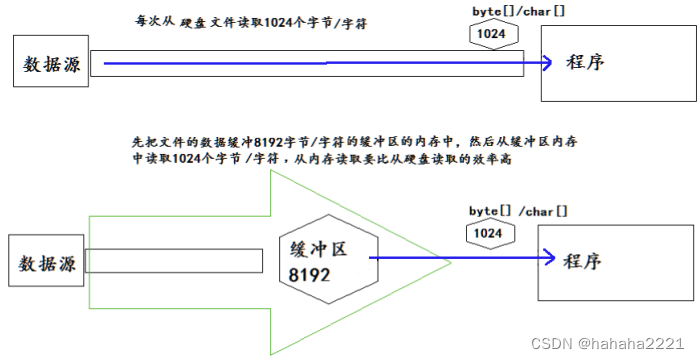
与节点流的区别
- 1.节点流是底层流/低级流,直接跟数据源相接;
- 2.处理流包装节点流,可消除不同节点流的实现差异,也可提供更方便的方法完成输入输出;
- 3.处理流对节点流的包装,使用修饰器设计模式,不会直接与数据源相连;
好处
- 性能的提高; 主要以增加缓冲方式来提高输入输出的效率
- 操作的便捷; 处理流可以提供一系列便捷的方式来一次输入输出大批量的数据,使用更加灵活方便
缓冲流

源码分析
使用缓冲流类时, 会创建一个内部缓冲区数组,缺省使用8192个字节(8Kb)的缓冲区;
当读取数据时,数据按块读入缓冲区,其后的读操作则直接访问缓冲区;
BufferedInputStream读取字节文件时,一次性读取8192(8Kb)存放缓冲区,直到缓冲器满后,才重新从文件读取下一个8192个字节数组;
向流写文件,先写到缓冲区,直到写满,BufferedOutputStream才会把缓冲区的数据一次性写到文件中;
//BufferedInputStream类源码
public BufferedInputStream(InputStream in) {
this(in, DEFAULT_BUFFER_SIZE); // 属性:private static int DEFAULT_BUFFER_SIZE = 8192;
}
public BufferedInputStream(InputStream in, int size) {
super(in);
if (size <= 0) {
throw new IllegalArgumentException("Buffer size <= 0");
}
buf = new byte[size];//属性:protected volatile byte buf[];
}
//BufferedReader类源码
public BufferedReader(Reader in) {
this(in, defaultCharBufferSize); //属性:private static int defaultCharBufferSize = 8192;
}
public BufferedReader(Reader in, int sz) {
super(in);
if (sz <= 0)
throw new IllegalArgumentException("Buffer size <= 0");
this.in = in;
cb = new char[sz]; //属性:private char cb[];
nextChar = nChars = 0;
}
//关闭流, 这里注意,只需要关闭 BufferedReader ,因为底层会自动的去关闭 节点流
/*
public void close() throws IOException {
synchronized (lock) {
if (in == null)
return;
try {
in.close();//in 就是我们传入的 new FileReader(filePath), 关闭了.
} finally {
in = null;
cb = null;
}
}
}
*/应用案例
// BufferedInputStream和BufferedOutputStream的使用
@Test
public void BufferedCopy02() {
String srcFilePath = "e:\\a.java";
String destFilePath = "e:\\a3.java";
// 创建BufferedOutputStream对象BufferedInputStream对象
BufferedInputStream bis = null;
BufferedOutputStream bos = null;
try {
// 因为 FileInputStream 是 InputStream 子类
bis = new BufferedInputStream(new FileInputStream(srcFilePath));
bos = new BufferedOutputStream(new FileOutputStream(destFilePath));
// 循环的读取文件,并写入到 destFilePath
byte[] buff = new byte[1024];
int readLen = 0;
// 当返回 -1 时,就表示文件读取完毕
while ((readLen = bis.read(buff)) != -1) {
bos.write(buff, 0, readLen);
}
System.out.println("文件拷贝完毕~~~");
} catch (IOException e) {
e.printStackTrace();
} finally {
// 关闭流 , 关闭外层的处理流即可,底层会去关闭节点流
try {
if (bis != null) {
bis.close();
}
if (bos != null) {
bos.close();
}
} catch (IOException e) {
e.printStackTrace();
}
}
}
} // bufferedReader的使用
@Test
public void BufferedReader_() throws IOException {
String filePath = "e:\\a.java";
// 创建bufferedReader
BufferedReader bufferedReader = new BufferedReader(new FileReader(filePath));
// 读取
String line; // 按行读取, 效率高
// 说明
// 1. bufferedReader.readLine() 是按行读取文件
// 2. 当返回null 时,表示文件读取完毕
while ((line = bufferedReader.readLine()) != null) {
System.out.println(line);
}
bufferedReader.close(); // 关闭流 , 关闭外层的处理流即可,底层会去关闭节点流。
}
// bufferedWriter的使用
@Test
public void BufferedWriter_() throws IOException {
String filePath = "d:\\ok.txt";
// 创建BufferedWriter
BufferedWriter bufferedWriter = new BufferedWriter(new FileWriter(filePath, true));
bufferedWriter.write("hello");
bufferedWriter.newLine();// 插入一个和系统相关的换行
bufferedWriter.write("hello2");
bufferedWriter.newLine();
// 说明:关闭外层流即可 , 传入的 new FileWriter(filePath) ,会在底层关闭
bufferedWriter.close();
}对象流
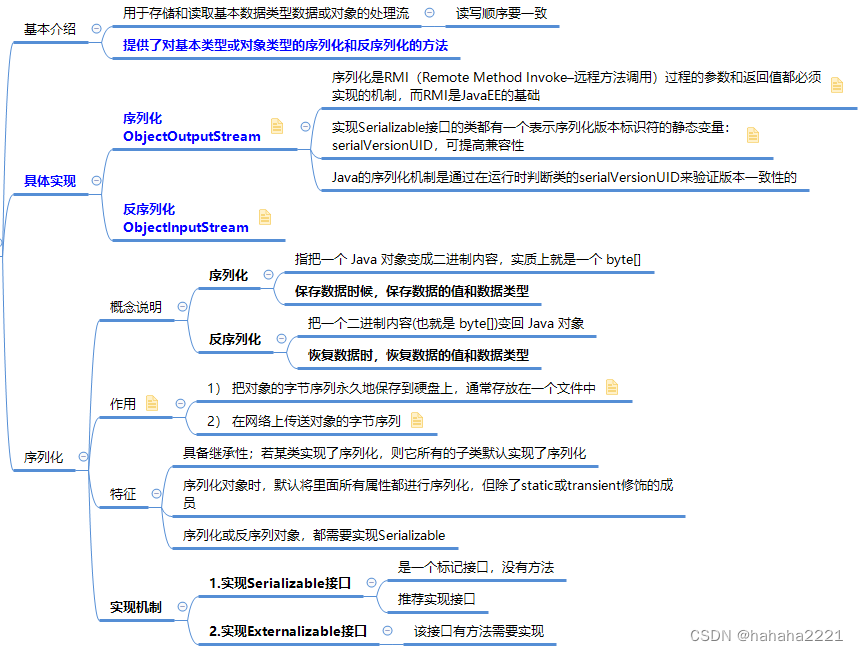
序列化
package com.hspedu.outputstream_;
import java.io.FileOutputStream;
import java.io.ObjectOutputStream;
//演示ObjectOutputStream的使用, 完成数据的序列化
public class ObjectOutStream_ {
public static void main(String[] args) throws Exception {
//序列化后,保存的文件格式,不是存文本,而是按照他的格式来保存
String filePath = "e:\\data.dat";
ObjectOutputStream oos = new ObjectOutputStream(new FileOutputStream(filePath));
//序列化数据到 e:\data.dat
oos.writeInt(100);// int -> Integer (实现了 Serializable)
oos.writeBoolean(true);// boolean -> Boolean (实现了 Serializable)
oos.writeChar('a');// char -> Character (实现了 Serializable)
oos.writeDouble(9.5);// double -> Double (实现了 Serializable)
oos.writeUTF("java教育");//String
//保存一个dog对象;注意写出一次,操作flush()一次
oos.writeObject(new Dog("旺财", 10, "日本", "白色"));
oos.close();
System.out.println("数据保存完毕(序列化形式)");
}
}
//Dog对象
import java.io.Serializable;
//如果需要序列化某个类的对象,实现 Serializable
public class Dog implements Serializable {
private String name;
private int age;
//序列化对象时,默认将里面所有属性都进行序列化,但除了static或transient修饰的成员
private static String nation;
private transient String color;
//序列化对象时,要求里面属性的类型也需要实现序列化接口
private Master master = new Master();
//serialVersionUID 序列化的版本号,可以提高兼容性
// 即不修改这个变量值的序列化实体都可以相互进行串行化和反串行化;
private static final long serialVersionUID = 1L;
public Dog(String name, int age, String nation, String color) {
this.name = name;
this.age = age;
this.color = color;
this.nation = nation;
}
@Override
public String toString() {
return "Dog{" +
"name='" + name + '\'' +
", age=" + age +
", color='" + color + '\'' +
'}' + nation + " " + master;
}
public String getName() {
return name;
}
public void setName(String name) {
this.name = name;
}
public int getAge() {
return age;
}
public void setAge(int age) {
this.age = age;
}
}
//Master对象
import java.io.Serializable;
public class Master implements Serializable {
}反序列化
import java.io.*;
//创建一个ObjectInputStream调用readObject()方法读取流中的对象
public class ObjectInputStream_ {
public static void main(String[] args) throws IOException, ClassNotFoundException {
//指定反序列化的文件
String filePath = "e:\\data.dat";
ObjectInputStream ois = new ObjectInputStream(new FileInputStream(filePath));
//读取
//1. 读取(反序列化)的顺序需要和你保存数据(序列化)的顺序一致, 否则会出现异常
//2、先存入先取出
System.out.println(ois.readInt());
System.out.println(ois.readBoolean());
System.out.println(ois.readChar());
System.out.println(ois.readDouble());
System.out.println(ois.readUTF());
//dog 的编译类型是 Object , dog 的运行类型是 Dog
Object dog = ois.readObject();
System.out.println("运行类型=" + dog.getClass()); //class com.lhyedu.java.beans.dog
System.out.println("dog信息=" + dog);//底层 Object -> Dog
//这里是特别重要的细节:
//1. 如果我们希望调用Dog的方法, 需要向下转型
//2. 需要我们将Dog类的定义,放在到可以引用的位置
Dog dog2 = (Dog)dog;
System.out.println(dog2.getName()); //旺财..
//关闭流, 关闭外层流即可,底层会关闭 FileInputStream 流
ois.close();
}
}
转换流
特点
- 提供了在字节流和字符流之间的转换
- 处理文件乱码问题。实现编码和解码的功能。
具体实现
- InputStreamReader: 实现将字节的输入流按指定字符集转换为字符的输入流;
- OutputStreamWriter: 实现将字符的输出流按指定字符集转换为字节的输出流。
/**
* 演示使用 InputStreamReader 转换流解决中文乱码问题
* 将字节流 FileInputStream 转成字符流 InputStreamReader, 指定编码 gbk/utf-8
*/
public class InputStreamReader_ {
public static void main(String[] args) throws IOException {
String filePath = "d:\\a.txt";
//解读
//1. 把 FileInputStream 转成 InputStreamReader
//2. 指定编码 gbk
//InputStreamReader isr = new InputStreamReader(new FileInputStream(filePath), "gbk");
//3. 把 InputStreamReader 传入 BufferedReader
//BufferedReader br = new BufferedReader(isr);
//将2 和 3 合在一起
BufferedReader br = new BufferedReader(new InputStreamReader(
new FileInputStream(filePath), "gbk"));
//4. 读取
String s = br.readLine();
System.out.println("读取内容=" + s);
//5. 关闭外层流
br.close();
}
}
import java.io.*;
/**
* 演示 OutputStreamWriter 使用
* 把FileOutputStream 字节流,转成字符流 OutputStreamWriter
* 指定处理的编码 gbk/utf-8/utf8
*/
public class OutputStreamWriter_ {
public static void main(String[] args) throws IOException {
String filePath = "d:\\hsp.txt";
String charSet = "utf-8";
OutputStreamWriter osw = new OutputStreamWriter(new FileOutputStream(filePath), charSet);
osw.write("hi, 韩顺平教育");
osw.close();
System.out.println("按照 " + charSet + " 保存文件成功~");
}
}
打印流
实现将基本数据类型的数据格式转化为字符串输出;
打印流:PrintStream和PrintWriter;
只有输出流、没有输入流;
// 演示 PrintStream (字节打印流/输出流)
public class PrintStream_ {
public static void main(String[] args) throws IOException {
PrintStream out = System.out;
// 在默认情况下, PrintStream 输出数据的位置是 标准输出,即显示器
/*
public void print(String s) {
if (s == null) {
s = "null";
}
write(s);
}
*/
out.print("john, hello");
// 因为 print 底层使用的是 write , 所以我们可以直接调用 write 进行打印/输出
out.write("韩顺平,你好".getBytes());
out.close();
// 我们可以去修改打印流输出的位置/设备
/*
1. 输出修改成到 "e:\\f1.txt"
2. "hello, java教育" 就会输出到 e:\f1.txt
3. public static void setOut(PrintStream out) {
checkIO();
setOut0(out); // native 方法,修改了out
}
*/
System.setOut(new PrintStream("e:\\f1.txt"));
System.out.println("hello, 韩顺平教育~");
}
}printWriter.print("hi, 北京你好~~~~");
printWriter.close();// flush + 关闭流, 才会将数据写入到文件..